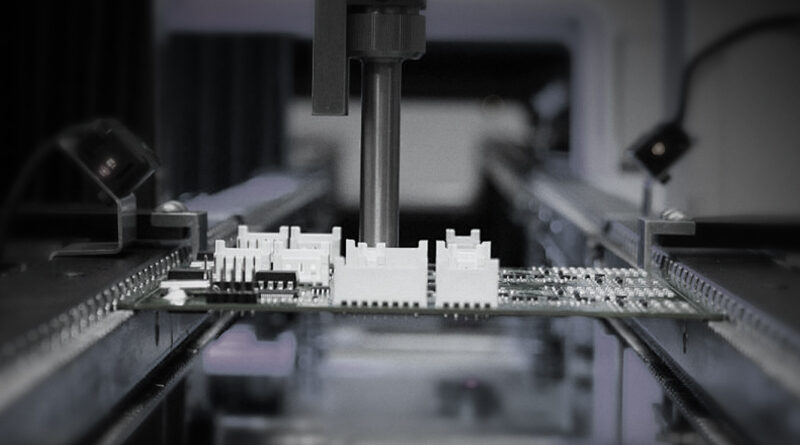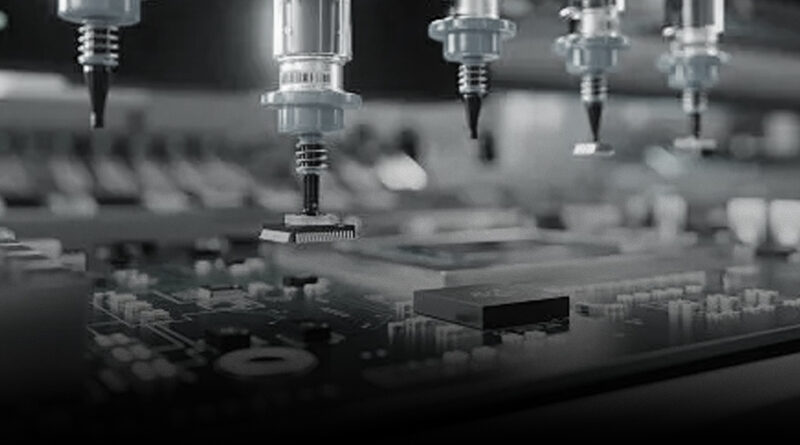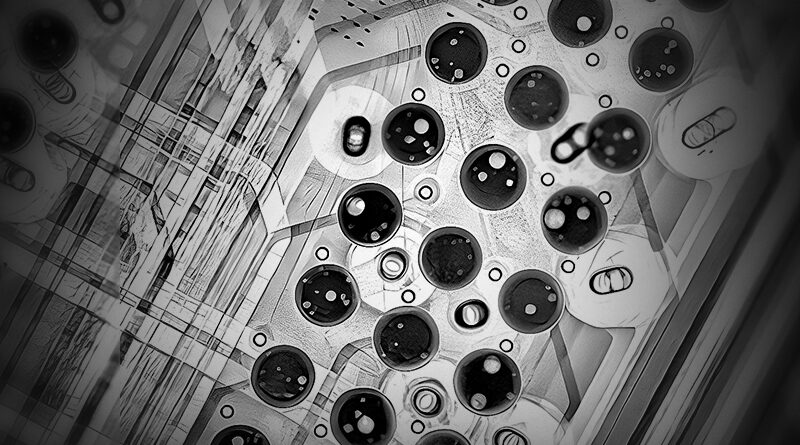The evolution of manufacturing technology has been nothing short of revolutionary, particularly in the electronics sector, where speed and precision can determine a company’s competitive edge. In recent years, Surface Mount Technology (SMT) has emerged as the backbone of electronic assembly, and at the heart of this process lies the SMT pick and place machine. In this article, we will explore the significance of these machines, how they optimize various manufacturing stages, and the broader implications for businesses eager to enhance their production lines.
Understanding SMT Pick and Place Machines
SMT pick and place machines are automated devices designed to place electronic components onto a printed circuit board (PCB) with high precision and speed. The process begins with feeding components into the machine, which utilizes various mechanisms—like robotic arms, feeders, and vision systems—to pick components and place them accurately on the PCB.
The Components of SMT Machines
1. Pick-and-Place Head: The core component responsible for picking components from their carriers and placing them onto the PCB. Modern machines often feature multiple heads to enhance throughput.
2. Feeding Systems: Various feeder types allow for multiple component types to be loaded and prepared for use simultaneously, increasing efficiency.
3. Vision Systems: These systems are integral for ensuring precise placement by inspecting both the component and the PCB before, during, and after placement.
4. Control Software: Advanced software optimizes the machine’s operation, reducing downtime and errors while enhancing overall production metrics.
The Importance of Accuracy and Speed
The primary role of an SMT pick and place machine is to ensure that components are placed with the utmost accuracy and speed. One of the primary advantages is that these machines reduce the potential for human error. When components are placed inaccurately, the result can be costly in terms of rework and delays. With high-speed operation capabilities often exceeding 50,000 components per hour, SMT machines are designed to keep pace with the demands of modern manufacturing.
Time Efficiency
In today’s fast-paced market, time is a crucial factor. SMT machines are capable of quick changeovers, allowing manufacturers to adapt rapidly to changing production needs. This flexibility translates into shorter lead times, meeting customer demands with agility.
Quality Control
With built-in vision systems, these machines not only ensure accuracy in placement but also serve an additional quality control function. They can detect misaligned or missing components, which helps maintain a high standard of quality from the outset of production.
Choosing the Right SMT Machine for Your Needs
The selection of an SMT pick and place machine should align with the specific needs of a manufacturing organization. Factors to consider include:
- Production Volume: High-volume production lines require faster and more capable machines.
- Component Variety: For manufacturers dealing with a wide range of components, a machine that supports various feeder types can improve versatility.
- Budget: Costs can vary significantly based on features; understanding your budget while prioritizing essential capabilities is crucial.
Innovative Technologies in SMT Machines
As technology progresses, so do the features of SMT pick and place machines. Recent advancements include:
Industry 4.0 Integration
Modern manufacturing increasingly relies on the Internet of Things (IoT) and data analytics. SMT machines that integrate with Industry 4.0 technologies enable real-time monitoring, predictive maintenance, and improved supply chain management. This connectivity allows manufacturers to harness data to enhance productivity and minimize downtime.
Artificial Intelligence (AI)
AI applications in SMT machinery can optimize the pick and place process further by analyzing historical data to forecast optimal production strategies. Such predictive capabilities allow for better handling of unexpected surges in demand.
Automation and Robotics
The incorporation of advanced robotics into SMT systems allows for greater flexibility and customization of production processes. Automated systems can handle changes in product lines without substantial downtime or manual intervention.
Environmental Considerations in SMT Manufacturing
As sustainability increasingly becomes a priority across all sectors, SMT manufacturers are urged to consider the environmental implications of their operations. The transition to energy-efficient machines and eco-friendly components can significantly reduce a company’s overall carbon footprint.
Energy Efficiency
Implementing energy-efficient SMT machines can lead to reduced operational costs. Additionally, machines designed to minimize waste and excess material consumption contribute to a manufacturer’s sustainability objectives.
Training and Workforce Development
Investing in the latest SMT pick and place technology also necessitates a focus on workforce training. As automation increases, employees must be well-equipped with the skills to operate, troubleshoot, and maintain these sophisticated machines. Businesses should develop comprehensive training programs that instill both technical know-how and safety procedures.
Future Trends in SMT Technology
The future of SMT pick and place machines is set against the backdrop of rapid technological advancements. Trends such as increased automation, enhanced machine learning capabilities, and even more integrated software solutions will likely dominate the landscape in the coming years. These trends will not only streamline operations but also open new avenues for innovation in electronic manufacturing.
As businesses embrace these changes, the role of SMT pick and place machines will only grow, becoming an indispensable part of the manufacturing process. Understanding the intricacies involved in choosing the right machine and leveraging the latest technology can ultimately set a company apart in a competitive electronic marketplace.





